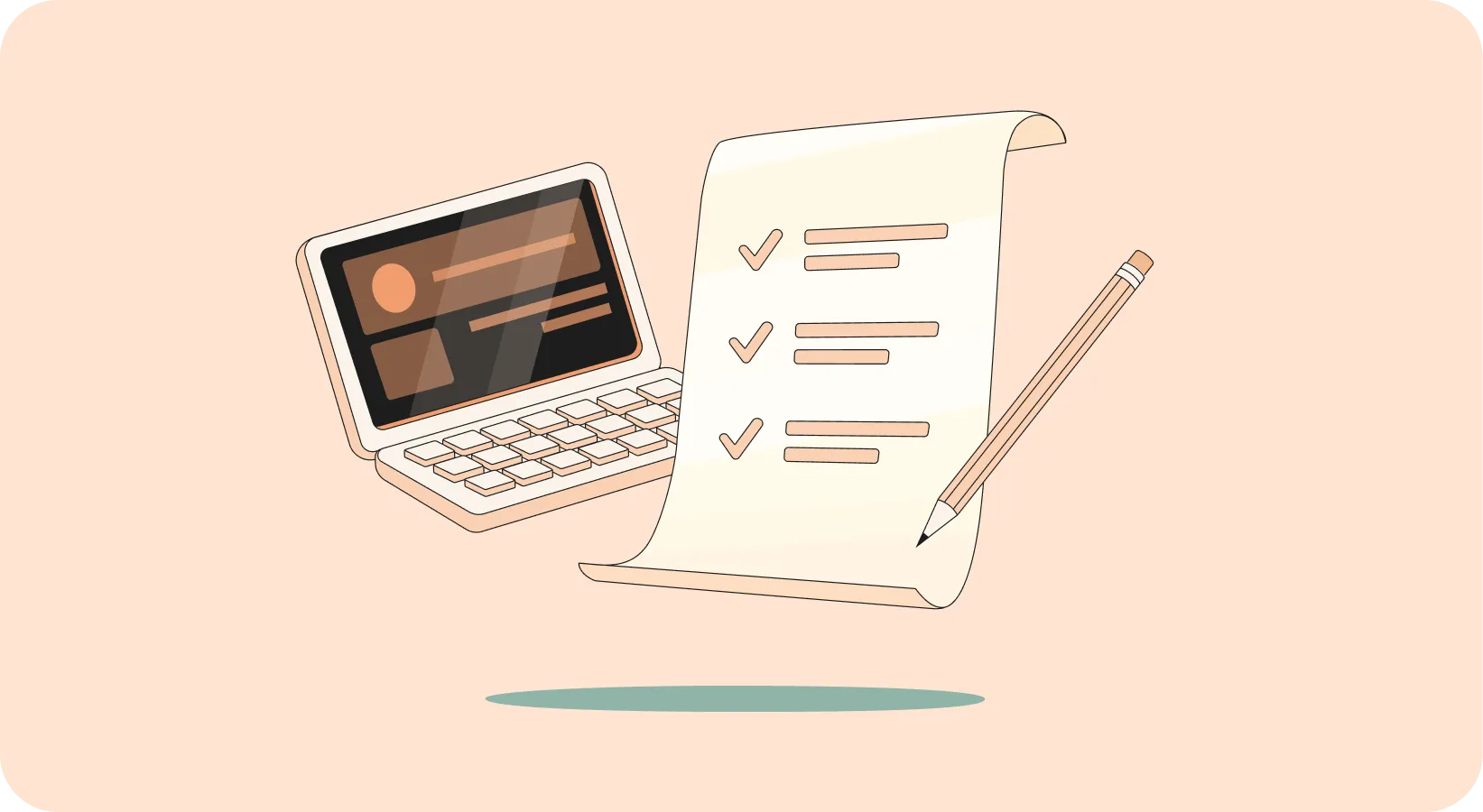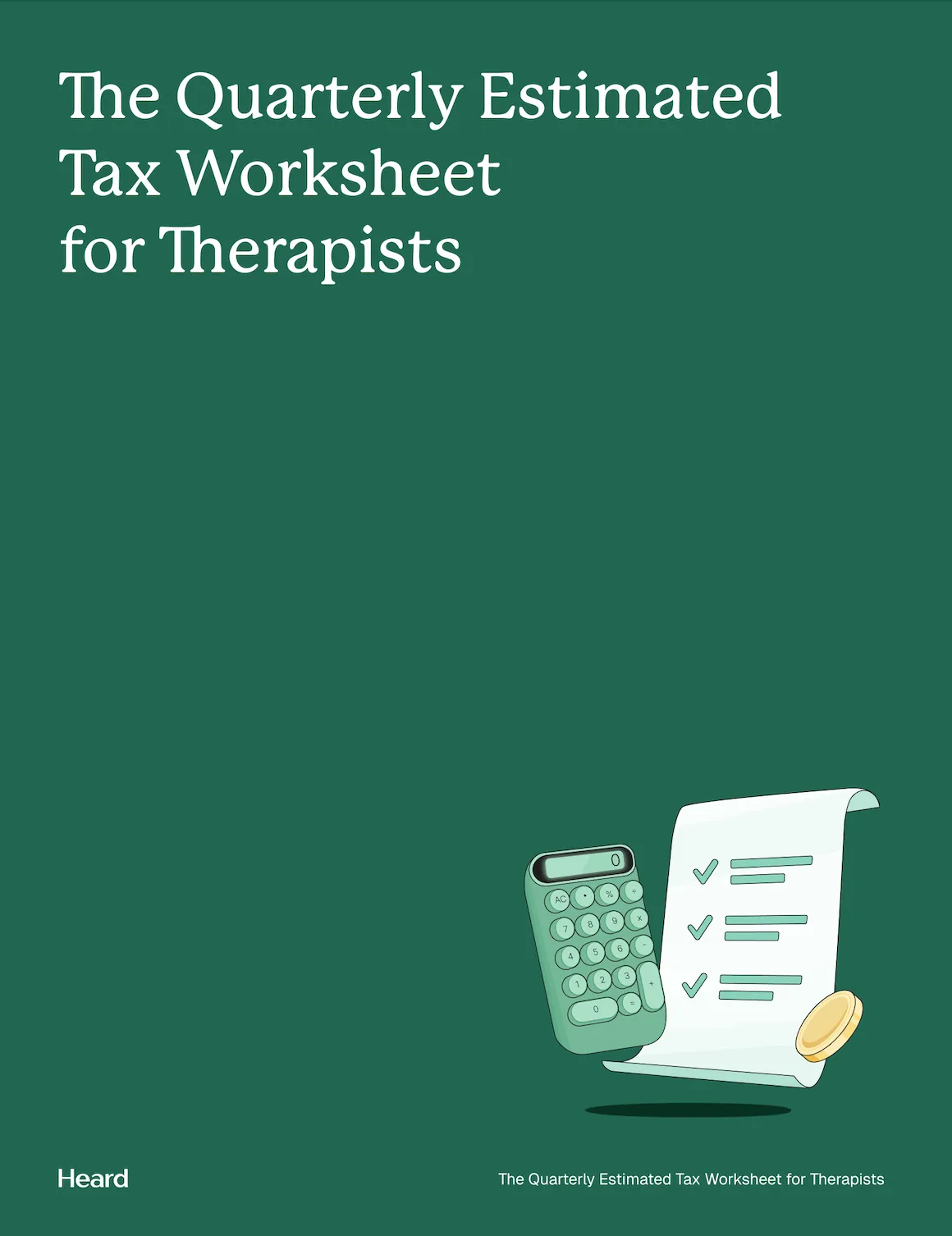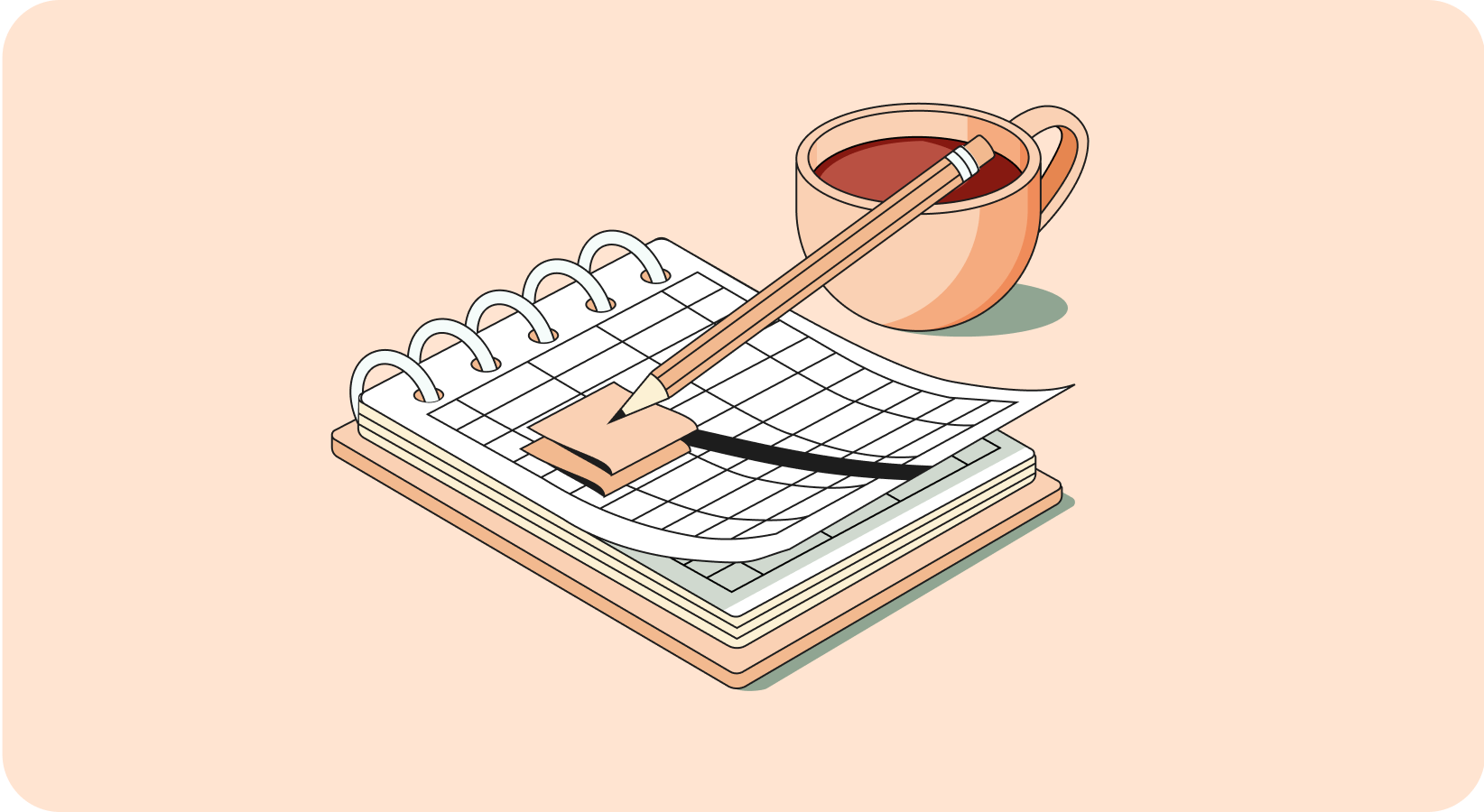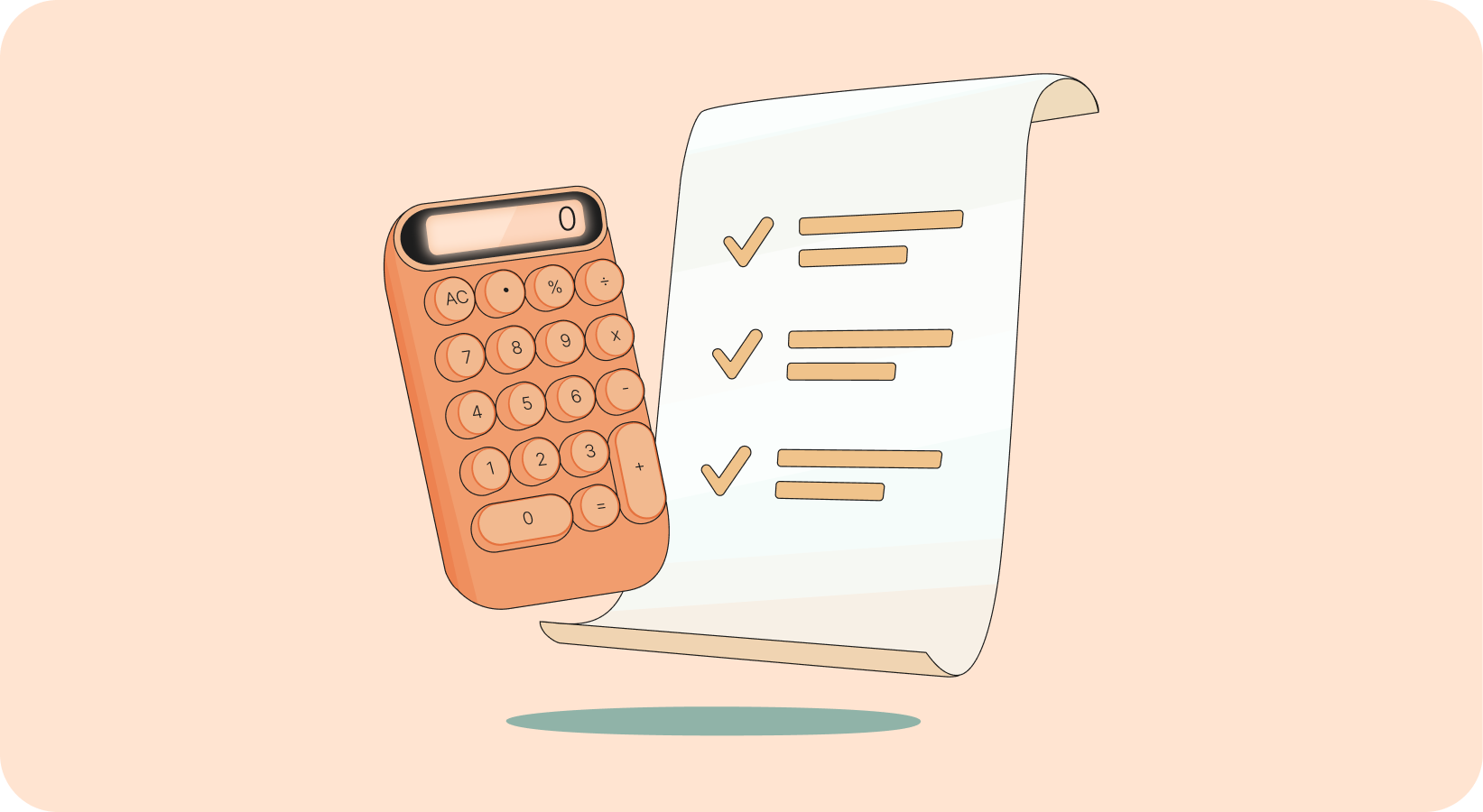If you run your own therapy practice, there’s a very good chance you need to pay quarterly taxes.
This means that, rather than paying the IRS all the taxes you owe them in one lump sum at the end of the year, you pay it to them gradually, in quarterly installments.
Never paid quarterly taxes before? You’ll need to figure out how to estimate the taxes you owe, and factor quarterly payments into your budget.
Luckily, with a little planning, paying quarterly taxes becomes just another routine part of running your own therapy practice.
Note: This article covers quarterly tax payments to the IRS—that is, at the federal level. For laws regarding state-level quarterly tax payments, consult your local tax authority.
{{resource}}
What are quarterly tax payments?
Whether you’re self-employed or you work for someone else, you’re required to pay taxes on your income as you earn it. If you’re an employee, your employer withholds and remits taxes from your pay. If you’re self-employed, you pay taxes on your quarterly income.
(One exception: If you earn less than $1,000 in taxes for the year, you may be able to pay them as a lump sum rather than quarterly installments.)
Important distinction: When you pay quarterly taxes, you are paying taxes for the current year’s earnings, not the previous year’s.
If you qualify to pay your taxes as a lump sum, rather than on a quarterly basis, you will file your taxes after the year ends, and pay the amount owed. So, for the 2026 tax year, you’d file your taxes—and then pay them—early in 2027.
On the other hand, if you qualify to pay quarterly estimated amounts, you’ll pay the taxes you owe for 2026 at various points during the year 2026.
This is where a lot of new business owners get confused. The amount of tax you owe for the year is determined by how much income you earned. If the year isn’t over yet, and you still don’t know what your total income will be, how can you know how much to pay?
At this point, we turn to the estimated part of quarterly estimated payments. It’s up to you to estimate how much you will owe, and pay it within a reasonable degree of accuracy. The methods for doing so are covered below.
Who needs to pay quarterly taxes?
Self-employed business owners usually need to pay quarterly estimated taxes. This applies even in cases where the self-employed person is also an employee.
For instance, if you work for a therapy practice as an employee, but you also earn income from a life coaching business you run on the side, you’ll need to file quarterly taxes for your life coaching business.
When you work for someone else, your income tax is automatically withheld from every paycheck, and remitted to the IRS. When you’re self-employed, you pay tax on your business’s income.
(If you’re on the payroll for a company you own, and receive a salary, as many therapists who have formed S corporations are, your company will withhold and remit income tax from your paychecks.)
When it comes to making quarterly estimated payments, there are a few exceptions:
- If you are self-employed and unincorporated, and the taxes you owe total less than $1,000 for the year, you don’t need to pay quarterly taxes.
- If you are incorporated, and your corporation owes less than $500 in taxes for the year, it does not need to file quarterly taxes.
Also, there are provisions for individuals who did not earn any taxable income in the prior tax year. You’re exempt from quarterly tax payments if all three of the following apply:
- You did not owe any taxes the year before, and weren’t required to file a tax return
- You were a US citizen or resident for the entire course of the year
- Your tax year was 12 months in duration
If none of the above apply, you should prepare to pay quarterly taxes. But first, you’ll need to estimate them. More on that in a moment.
{{resource}}
Penalties for underpaying or overpaying quarterly taxes
The IRS, in their infinite mercy, recognizes that you are probably unable to precisely calculate the exact amount of income tax you will owe at the end of the year.
If you pay too little, the IRS charges interest on the outstanding amount. (In the eyes of the IRS, paying too late is as bad as paying too little—so, if you’re late making a payment, expect to pay interest on the amount you owe.)
If you pay too much, the IRS will return your money as a tax refund.
Note that, generally speaking, getting a tax refund isn’t necessarily a good thing. Psychologically, getting money back from the IRS may feel rewarding; you’ve already assumed the money was gone, so it seems like a windfall.
But any money of yours the IRS holds onto is money you could be reinvesting in your business, or using to pay your bills. And while the IRS charges interest on money you owe them, they do not pay interest on money they owe you.
Overpaying your taxes means putting a dent in your cash flow, and tying up some of your business assets until the IRS pays you back. It’s in your best interest to estimate and pay your taxes as accurately as possible.
How to estimate quarterly tax payments for your therapy practice
If you use Heard, your financial team will estimate your quarterly taxes for you, and help make sure you pay them on time.
If you don’t use Heard, there are two methods you can use to estimate your quarterly tax payments as accurately as possible, while protecting yourself from IRS penalties: With a financial projection, and with the safe harbor rule.
Estimating quarterly tax payments with a financial projection
If you can accurately project how much you’re going to earn during the course of the year, you can use that projection to estimate what you owe in quarterly estimated taxes.
This method works best if you have steady, recurring income month to month. For instance:
- You have a stable list of long term clients who you see regularly
- You’re working your maximum clinical hours per week and have a long waitlist; when clients are done treatment, you are able to quickly fill their spots in your calendar
- You contract with a treatment facility or other organization, and have a regular weekly time commitment that makes up the majority of your billable hours
On the other hand, if your income is irregular and hard to predict, you may be better off using the safe harbor rule (covered below).
Using one or several months as an example, project your income for the entire year (for instance, multiplying one month by twelve). Then, use Form 1040-ES to calculate your tax owed.
Divide your total estimated tax owed by four. That’s how much you pay for each quarterly payment.
{{resource}}
Estimating quarterly tax payments using the safe harbor rule
Instead of creating a projection for this year’s income, you may choose to use last year’s income to estimate your quarterly tax payments.
So long as your estimate is based on last year’s income, you will not be penalized by the IRS if you underpay. This is referred to as the safe harbor rule.
Simply take your tax bill from the previous year, and divide it by four. That’s what you’ll pay in quarterly taxes this year.
As the year progresses, keep an eye on your monthly income by reading your profit and loss statements (P&Ls) and, if possible, comparing them with last year’s P&Ls. If you’re earning more income than you did last year, it means the amount you owe in tax will be larger.
Even though the safe harbor rule protects you from being penalized, you’ll still owe the IRS additional tax if you underpay. It’s better to be aware of that now, and put aside some extra money to cover it, than being surprised when tax season arrives.
Quarterly tax deadlines for therapists
The 2026 quarterly tax deadlines for therapists are:
- April 15, 2026: Deadline for Q1 estimated tax payments
- June 15, 2026: Deadline for Q2 estimated tax payments
- September 15, 2026: Deadline for Q3 estimated tax payments
- January 15, 2027: Deadline for Q4 estimated tax payments
Note that tax payments carry into the next year. So, on January 15, 2027 you’ll pay estimated taxes for the fourth quarter of 2026.
How to pay quarterly taxes for your therapy practice online
The easiest way to pay your quarterly taxes online, and to make sure you never miss a payment date, is to enroll in the Electronic Federal Tax Payment System (EFTPS).
Your EFTPS account allows you to pay your federal taxes online. Importantly, it lets you schedule your quarterly payments in advance—so the money is automatically transferred from your bank account to the IRS on the due date.
To enroll in EFTPS, you’ll need:
- An Employer Identification Number (EIN)
- A business checking account
You can learn more from the EFTPS website.
—
If you pay quarterly taxes, you need to have enough cash on hand to cover them every three months. The best way to make that happen is by creating a budget for your therapy practice.
This post is to be used for informational purposes only and does not constitute legal, business, or tax advice. Each person should consult their own attorney, business advisor, or tax advisor with respect to matters referenced in this post.
Bryce Warnes is a West Coast writer specializing in small business finances.
{{cta}}
Manage your bookkeeping, taxes, and payroll—all in one place.

Discover more. Get our newsletter.
Get free articles, guides, and tools developed by our experts to help you understand and manage your private practice finances.
Lock in our lowest prices of the year, plus exclusive add-ons. Sign up by December 31 to take advantage of these savings.
Schedule a free consult




